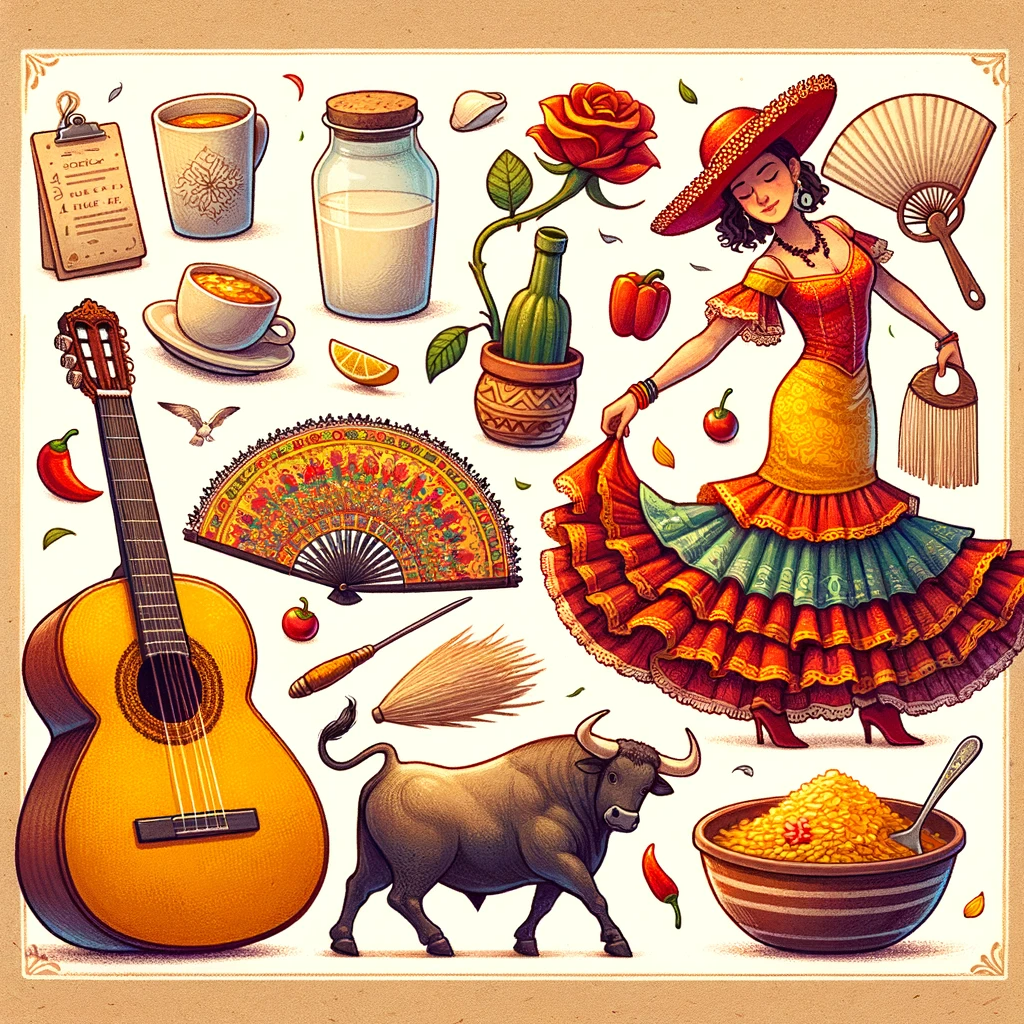It's possibly Spain’s most famed contribution to world culture: the siesta. While it has been an integral part of Spanish culture for centuries, it is fairly common in many countries, particularly those with hot climates. It is, however, most commonly associated with Spain, where an afternoon nap is socially accepted, and is something that I'm sure you will quickly get used to during your trip! Here we will tell you a little bit more about the history, and what to expect when travelling in Spain.
Siestas used to be an important part of Spanish everyday life, and is borne out of the Spanish climate and Spain’s long agricultural history. Farm workers often had long working days that started in the early hours. By the early afternoons, the scorching heat becomes unbearable in many parts of the country, making it too difficult to work. A midday break is essential for getting through the day. What better way to deal with the heat than taking a nap in a cool, dark room?
The siesta is such a large part of Spanish culture that some cities and towns still become ghost towns for a couple of hours in the afternoons. Especially in smaller towns, supermarkets, shops and even cafes and restaurants close. You might see the odd tourist walking the streets, trying unsuccessfully to find a place to eat. But the locals are nowhere to be seen.
When is siesta time?
Traditionally, the siesta refers to a pause in all activities from around 2 until 5 pm. People generally leave work, go home for a leisurely lunch with their families, before taking a nap or simply enjoying a relaxing, cool activity when the sun is at its hottest.
This has an unusual effect on work schedules and also shop opening times. A lot of shops and offices open at 9 or 10 in the morning, and stay open until around 2 pm. They re-open again after the siesta at 5, where employees work until the early evening - normally around 8 pm, or later in the case of retail establishments.
Is the siesta culture still practised in Spain?
In more recent years, and in part due to globalisation, siesta practices have started to shift, especially in larger urban areas. In Madrid or Barcelona, for example, many businesses remain open all day, while people tend to have much shorter lunch breaks.
This changes when you leave the larger cities, and is certainly most prevalent in Andalusia. Even in larger cities there, such as Malaga or Granada, you will see most of the city shut down for a couple of hours, especially at the height of the summer. The more touristy parts of both cities are adapting though and you will find plenty of cafés and restaurants that stay open.
How to deal with the siesta as a traveller?
Coming from a faster paced culture, it might take you a while to adapt to the concept. But we guarantee that once you do, you will surely embrace it like a local! Here are a few tips for helping you to adjust:
- Take advantage of the peace: with most of the locals at home, this might be a perfect time to explore without the crowds. Just don’t forget to buy drinking water beforehand in case you can’t find an open supermarket!
- Visit a museum or cultural site: while most businesses close, you will find that many museums and cultural sites remain open. You might even find that it’s a much quieter and more serene experience.
- Relax by the beach or pool: if you have access, take advantage and cool off in the cool waters or simply unwind on the beach with a good book.
- Embrace the slow pace: take a leaf out of the locals’ books and enjoy the much slower pace of life than you are used to back home: make the most of the opportunity to relax and soak up the atmosphere of your destination.
- Plan ahead: make a note of some of the restaurants, cafés or museums that remain open during siesta and head for these. This way you can make the most of the available options, and can avoid wandering aimlessly in the scorching heat trying to find refreshments.
If all else fails, use this quiet time to improve your Spanish! If you are taking a Spanish course with Estudia-España, you could use this time to review what you learned in the morning, or complete any homework you may have been given.
Some useful phrases

- ¿A qué hora es la siesta? - What time is the siesta?
- Necesito una siesta después del almuerzo. - I need a siesta after lunch.
- En España, la siesta es una tradición. - In Spain, the siesta is a tradition.
- ¿Cuánto tiempo dura la siesta? - How long does the siesta last?
- La siesta es perfecta para descansar. - The siesta is perfect for resting.
- Durante la siesta, muchas tiendas cierran. - During the siesta, many shops close.
- Me desperté tarde de la siesta. - I woke up late from the siesta.
- ¿Todos en España toman siesta? - Does everyone in Spain take a siesta?
- La siesta es más común en el verano. - The siesta is more common in the summer.
- Disfruto de una breve siesta los fines de semana. - I enjoy a short siesta on weekends.
In conclusion, the siesta, a cherished part of Spanish culture, offers a unique glimpse into the relaxed and leisurely pace of life in Spain. Whether you're meandering through the quiet streets of a small town during these hours, or finding a quaint café in a bustling city that respects this tradition, the siesta experience is something to be savoured. It’s not just about taking a nap; it's about embracing a moment of tranquillity, a pause in the day to refresh and rejuvenate. As a traveller, adapting to the siesta schedule can be a delightful way to immerse yourself in the local culture. So, during your next visit to Spain, why not let the rhythmic lull of the siesta charm you into a slower, more mindful way of enjoying your journey? ¡Disfruta de tu siesta y tu aventura española! (Enjoy your siesta and your Spanish adventure!)




